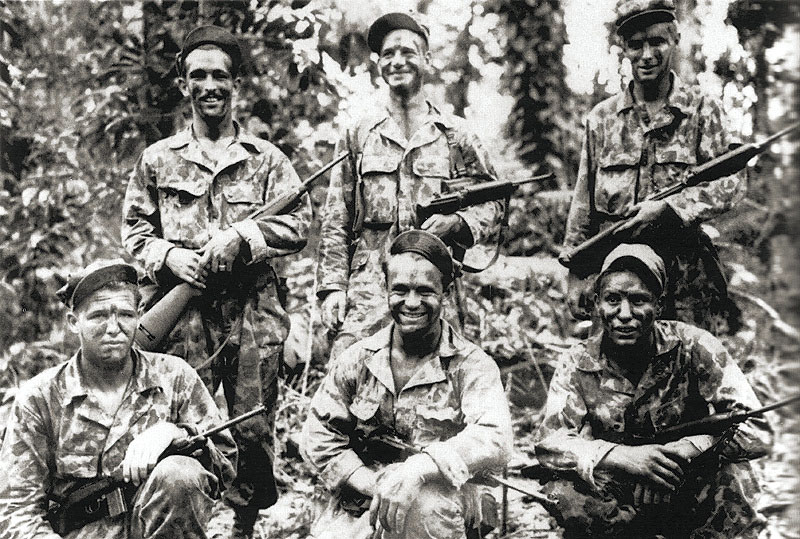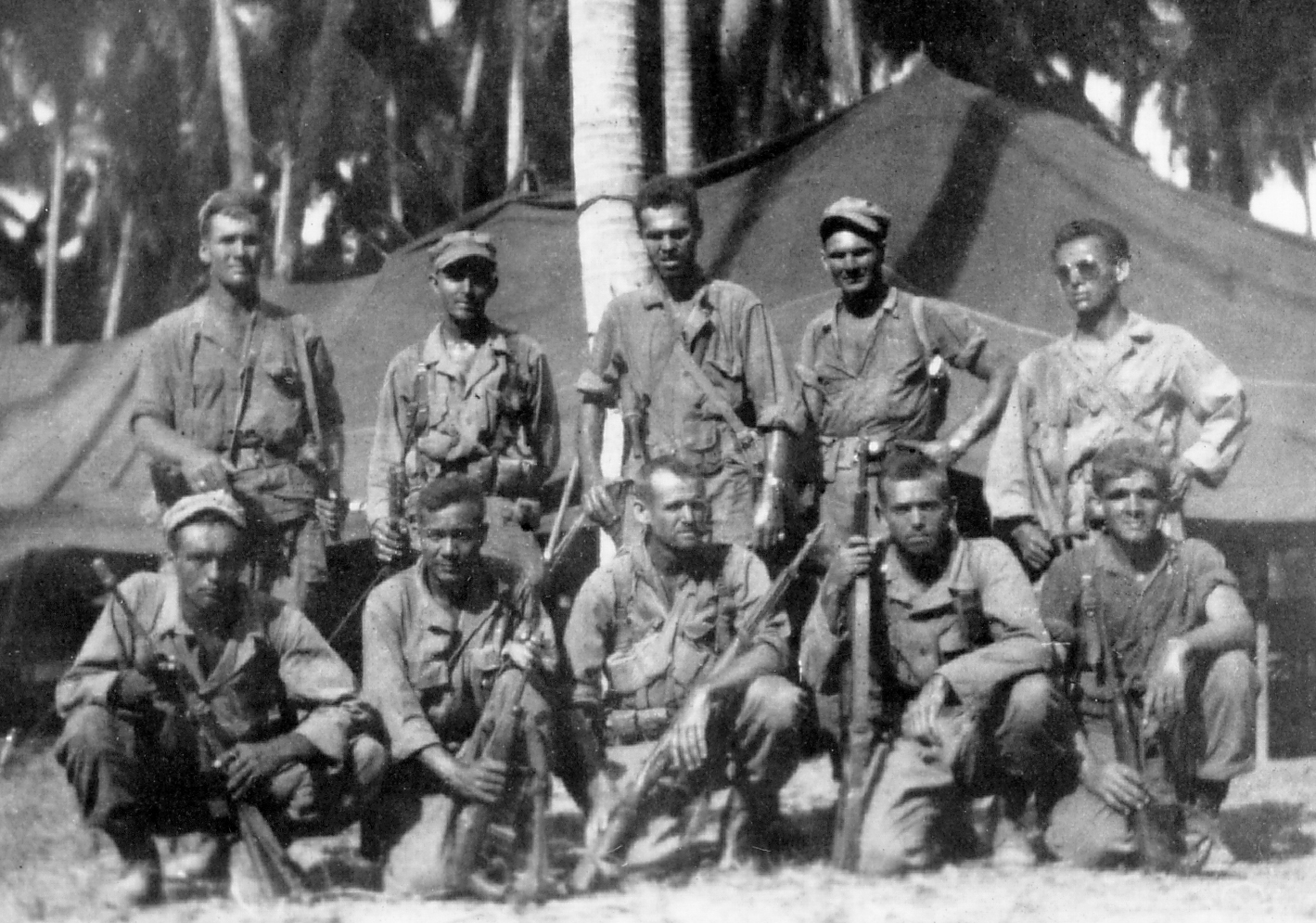The Alamo Scouts of the Pacific Theater
When the Imperial Japanese Navy struck Pearl Harbor on December 7, 1941, it launched an armed conflict that would lead to the creation of many specialized teams throughout the Pacific Theater. The War in the Pacific became a proving ground for men to show what they were capable of, and one shining example of that is the Alamo Scouts. The United States 6th Army Special Reconnaissance Unit saw its creation in November of 1943 in response to Japan’s continued control of territories throughout the Pacific.
When the unit came into operation on November 28, the Alamo Scouts first organized on Fergusson Island, New Guinea. The Southwest Pacific Theater was still largely occupied by Japanese forces, and it was up to the scouts to find a way to infiltrate into enemy-held territory. Lieutenant General Walter Krueger, Commanding General of the 6th Army, knew that for the Allied campaign to succeed, it would require detailed, accurate intelligence reports.
The Need for Reliable Intelligence
Before the creation of the Alamo Scouts, General Krueger was frustrated by faulty reports received from unreliable sources. This put his troops at risk and had the potential to compromise the American offensive in the Pacific War. So an all-volunteer unit was created, consisting of elite soldiers who could function in the danger zone behind Japan’s lines.
For a period of two years, the Alamo Scouts played an ongoing part in two vital engagements: the New Guinea Campaign and the Philippines Campaign. In all, they were credited with 110 missions, though it’s likely that they performed more during the course of the war. When they were on missions, they were typically in the field up to three days, gathering intelligence to be sent back to command.
The Missions of the Alamo Scouts
Compared to the tasks undertaken in New Guinea—during which the Alamo Scouts were credited with rescuing 197 Allied prisoners of war—the Philippines Campaign proved even more grueling. Rather than spending a few days, in the Philippines their missions could stretch to more than two months. The liberation of the Philippines from Japan was vital to victory in the Pacific and every unit put forth an incredible amount of effort.
Originally tasked with intelligence-gathering and liberating prisoners, the scope of duty of the Alamo Scouts was increased to include organizing guerrilla operations, locating and neutralizing enemy flag officers, and establishing road watch stations. One of the unit's best-known actions was the raid of the Cabanatuan Prison Camp. The subject of the 2005 film The Great Raid and 1945 movie Back to Bataan, the Scouts provided tactical support and information to the 6th Ranger Battalion. To pull off the mission, two scouts blended in as Filipino farm workers to construct observation posts in the rice fields. Miraculously, it worked and 84 Japanese soldiers were taken as prisoners and the Allied POWs were liberated.
Despite the unbelievable risk of the Alamo Scouts' missions, they miraculously suffered no losses. The Scouts were a symbol of American resolve as the members of the unit, the memory of Pearl Harbor still fresh in their minds, risked their lives doing their part to liberate the Pacific from the brutal Japanese occupation.









